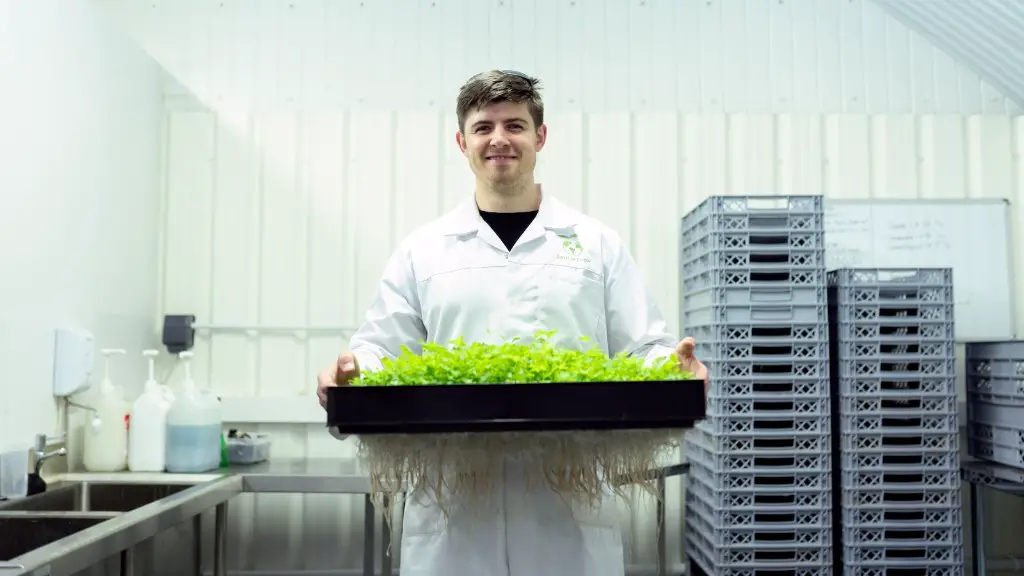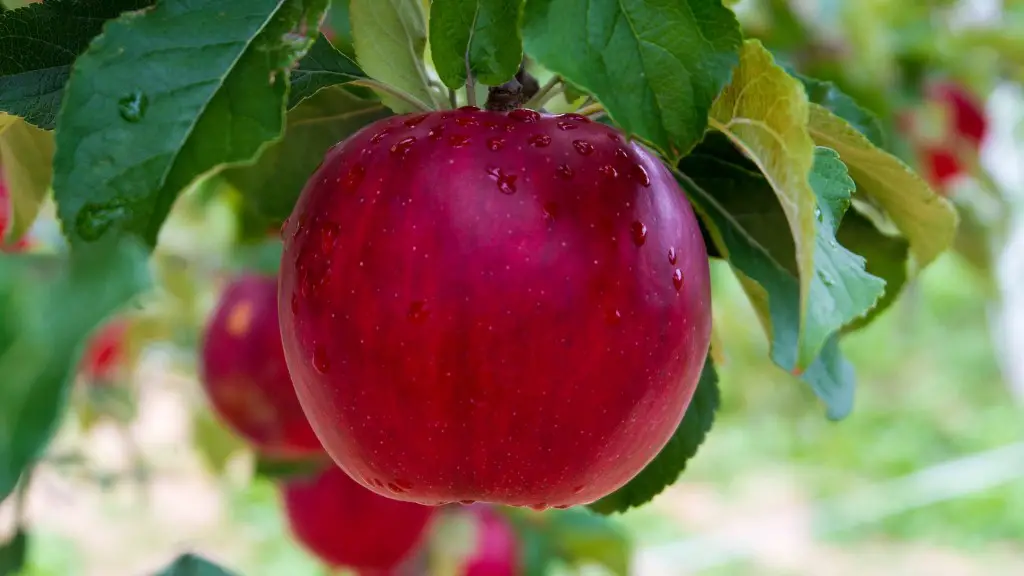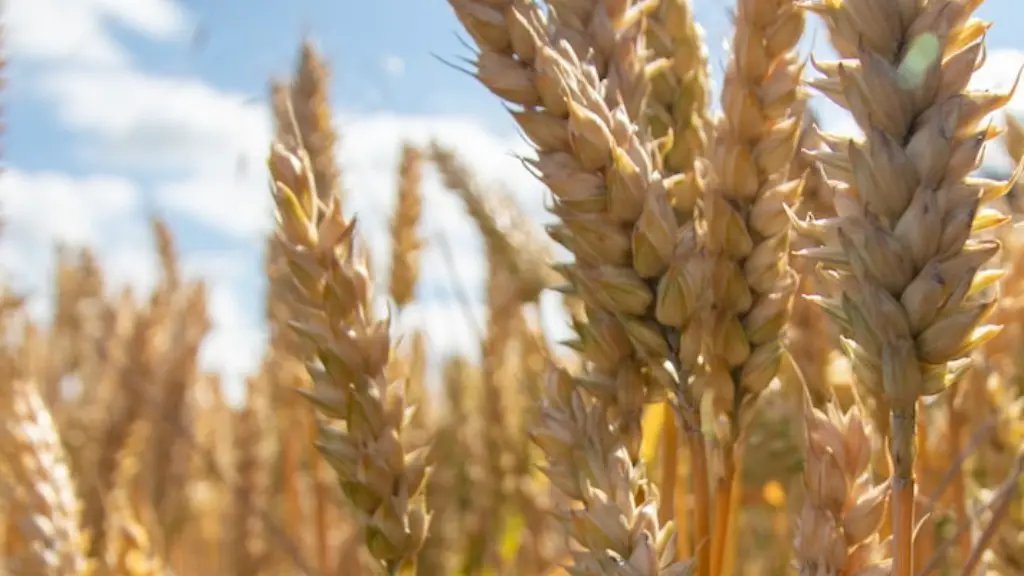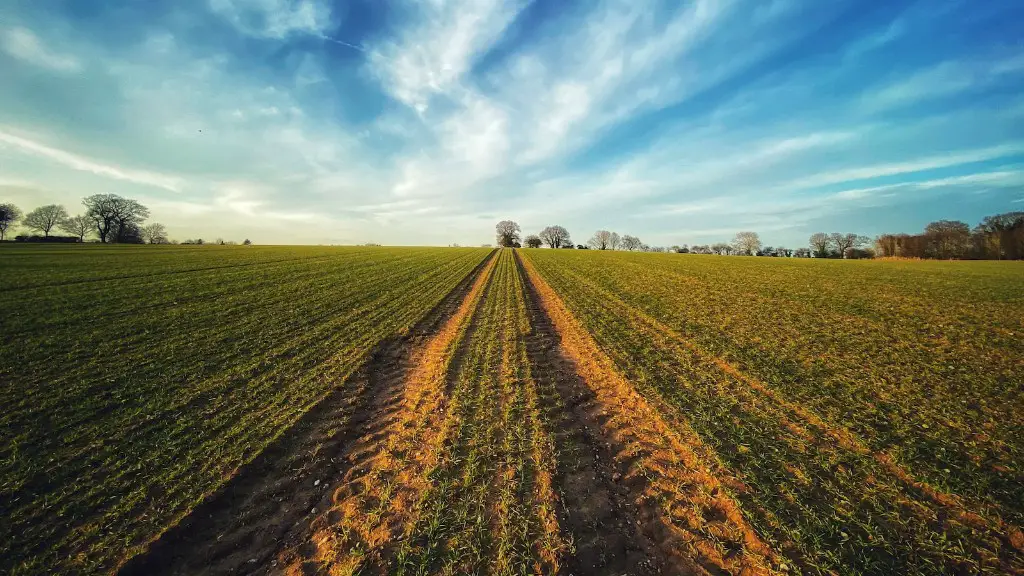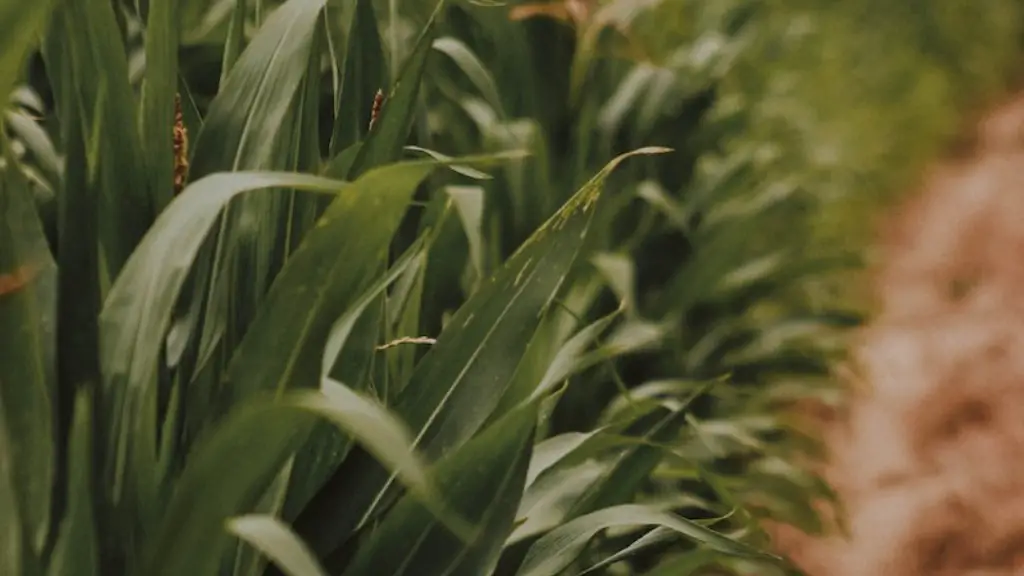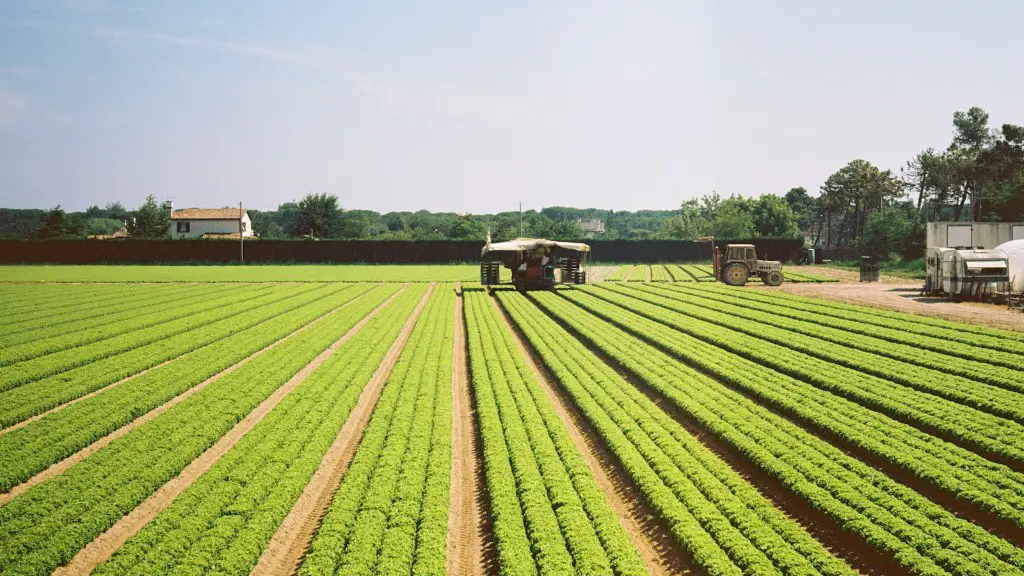Agricultural Mathematics and Its Uses
Mathematics has long been an integral part of functioning in the agricultural industry. Using mathematics in a farm setting helps growers and farmers to accomplish many tasks from keeping track of yield history and inventory to predicting best planting times. With the use of mathematics in agriculture, growers and farmers are able to keep up to date with their crop’s progress, increase profits, and maximize their harvests.
Mathematics is used on many levels in agriculture, from simple calculations of yield units to more advanced uses. Simple calculations include keeping track of the amount of water a certain crop needs, counting the number of cattle in a herd, and estimating the size of a harvest. More complex calculations include creating maps with GPS, predicting yields, and formulating budgets. All of this mathematical data helps growers and farmers to make informed decisions and to understand their crops better.
Mathematical tools also come in handy when predicting weather patterns and environmental conditions. Extreme weather and other environmental elements can have a major impact on the quality, quantity, and success of a crop. Combining weather data with mathematical calculations can help farmers and growers to plan ahead and take measures before heavy storms or extreme temperature changes occur. This can help them to save time, energy, and resources.
Mathematics is also used to determine the best time for sowing and for harvesting. By analyzing seasonal patterns, growers and farmers can predict the ideal time for their crops, enabling them to get the best possible results from their land. The science behind this is known as phenology, the study of the timing of recurring biological events in an agricultural system.
Computer modeling, particularly data-driven decisions, is also part of the mathematical equation. With precise models, growers and farmers can make sense of their data and utilize it for their business. Using a set of data, such as soil moisture, temperature, and climate records, growers and farmers can decide which crops to grow, when to harvest them, and how to properly allocate their resources.
GIS (Geographic Information Systems) is another important part of mathematics in agricultural production. GIS technology collects and maps data to create a better understanding of the environment, land, and risks involved. This data can be used to identify drain patterns, spot soil deficiencies, predict water conservation costs, and many more necessary tasks that assist growers and farmers in effectively managing their crops.
Why Mathematics is Necessary in Agriculture
Mathematics is necessary in agriculture because it provides a better understanding of the processes and decisions involved. From the small numbers of a day’s yield to the more complex calculations of weather patterns, mathematics is essential for predicting, managing, and optimizing agricultural systems. With the help of math, farmers and growers can make more informed decisions, eliminate risks, and ensure that their harvests are successful.
Math is also important to understand and recognize the financial benefits of agriculture. Through mathematical calculations, understanding crop production costs, and calculating yields and profits, growers and farmers can make sound investments that lead to the most cost-efficient solutions. By keeping track of expenses, calculating costs internally, managing finances, and understanding profit margins, agricultural mathematics helps farmers and growers to maximize their yields and increase their profits.
Mathematics is used to judge the impact of sustainable practices on a crop. With the help of mathematical models, growers and farmers can understand the effects of sustainable agricultural practices, such as crop rotation, irrigation techniques, and soil management, on their crops. This helps them to adjust their practices accordingly in order to get the best results.
Mathematics is also used in the form of algorithms, which help to measure and compare various factors when participating in trading. Through the use of algorithms, growers and farmers can compare research and data between different traded commodities, assess world factors, and monitor markets movements, allowing them to make sound decisions when it comes to trading.
In conclusion, math is an essential part of agriculture and helps farmers and growers to make informed decisions in the most efficient and cost-effective way. With its help, farmers and growers can accurately predict their harvests, maximize their yields, and create reliable environment-friendly practices, contributing to the success of their crop.
How Equations Apply in Agriculture
Mathematics is used in agriculture in the form of equations. In the agricultural field, equations are used for a variety of tasks, from performing basic calculations to building complex models, and help to predict the best route for optimal yields and profitability of crops. Equations in agriculture can be used to measure crop yields, calculate fertilizer, compute irrigation, and determine planting dates.
Yield equations are used to calculate the amount of yield of a particular crop, usually expressed in units of mass, volume, or area. The yield equation is part of the yield management process and helps to assess the economic impact of a field and its management practices. Equations used to calculate the yield will depend on the type of crop being studied.
Fertilizer equations help to calculate the amount of fertilizer to be applied to a crop. This calculation takes into account the type of crop, soil pH levels, fertility, and other environmental and soil factors. Fertilizer equations are essential to ensure the right balance of nutrients for maximum crop production.
Irrigation equations are used to calculate the amount of water and the frequency of irrigation for a particular crop. This calculation will take into account the soil structure, crop type, and desired yield. By understanding the irrigation needs of a crop, farmers and growers can maximize their water resources.
Planting date equations help to calculate the optimal planting date for a particular crop. This calculation takes into account ideal soil and air temperatures and is used to ensure the best results for a particular crop. The planting date equation is especially important when dealing with short-lived, perishable crops.
Mathematical equations are essential tools in managing a successful agricultural enterprise. By taking into account basic equations such as yield, fertilizer, irrigation, and planting date, farmers and growers can maximize their yields and minimize their costs.
The Benefits of Mathematics in Agriculture
The use of mathematics in agriculture has many advantages, not only to the farmers and growers but also to the environment. For the farmers and growers, mathematics helps to calculate yields, assess costs, identify trends, optimize resources, and increase profits. Beyond that, mathematics helps to promote environmental sustainability. Here are a few of the benefits of mathematics in agriculture.
Mathematical models are used to monitor and map crops, making it easier for farmers and growers to identify potential risks, areas of improvement, and potential yields. These models also help farmers and growers to plan and prepare for different scenarios, such as extreme weather events, minimizing the impact to their crops.
Computer modeling and algorithmic analysis are used to identify trends, calculate seasonal effects, and predict potential yield problems. This helps growers and farmers to anticipate any potential issues and plan accordingly. By understanding potential trends and problems in advance, they can be proactive and make informed decisions, saving time and resources.
Data integration is also useful in agriculture, helping farmers and growers to integrate different data sources such as soil moisture, temperature, and climate records. This helps them to better understand their crop and environmental conditions, and to quickly identify any potential problems and take necessary steps.
Precision farming requires a great understanding of mathematics and data analysis, allowing farmers and growers to adjust and optimize based on data. GIS mapping systems are used to understand specific crop characteristics, leading to more efficient and sustainable agricultural practices.
Finally, mathematics helps farmers and growers to minimize their costs by calculating potential yield issues and production costs. By understanding the potential risks, farmers and growers can optimize their resources and maximize their profits.
Mathematical Applications for Farming
Mathematics can be used in a variety of ways to improve agricultural practices. From basic calculations to more complex modeling, mathematics helps to streamline and improve agricultural operations. Here are some of the different ways that mathematics is used in agriculture.
Fertilizer equations help farmers and growers to calculate the necessary amount of fertilizer for a specific crop, taking into account its soil pH level, fertility, and environment. Mathematical models also allow for the calculation of irrigation levels and planting dates, which helps farmers and growers to optimize resources and increase yields.
Computer models and algorithms can analyze soil structure and identify potential problems such as compaction, drainage issues, and soil fertility. By recognizing potential risks and issues in advance, farmers and growers can adjust their agricultural management practices accordingly.
Mathematical models are also used to analyze data and identify trends, allowing farmers and growers to anticipate results, optimize their resources, and prepare for potential problems. With the help of mathematics, farmers and growers can predict trends and optimize their practices for the best possible results.
GIS mapping is used to create detailed maps of crop fields, allowing farmers and growers to pinpoint issues quickly and correct them efficiently. This helps to conserve resources and optimize yields.
Finally, mathematics is used to identify cost savings and maximize profits. By understanding different trends, assessing costs, and predicting yields, farmers and growers can improve their cost-efficiency. Mathematics helps to ensure that farmers and growers do not waste their resources and make the most of their investment.
